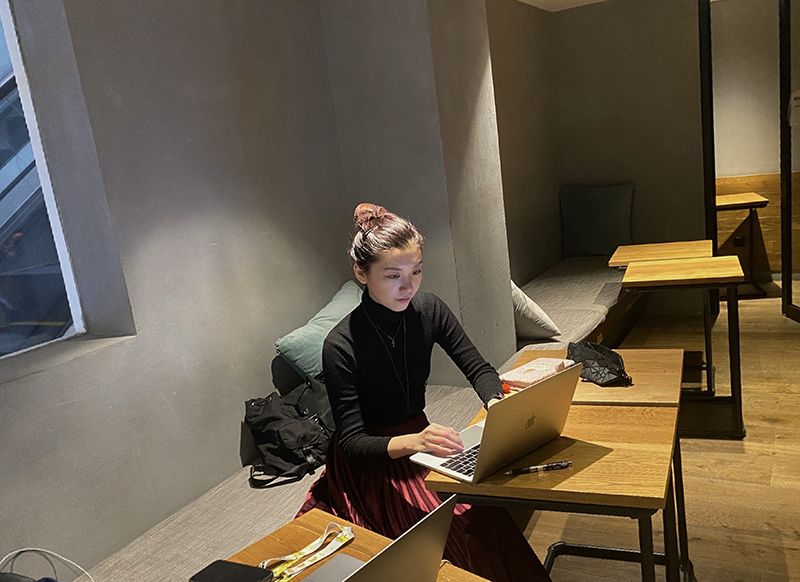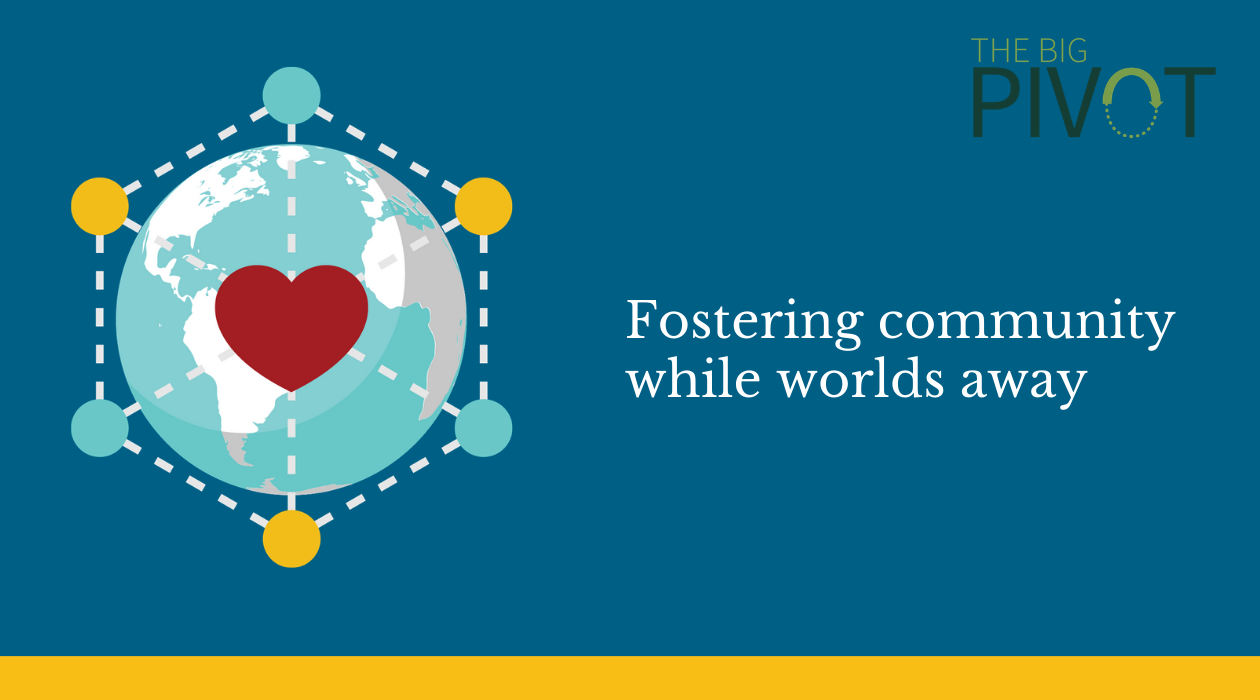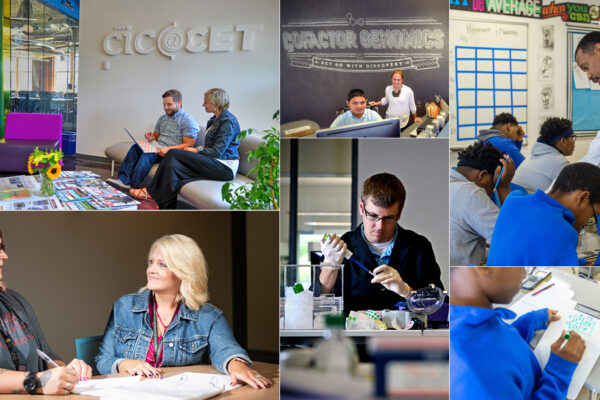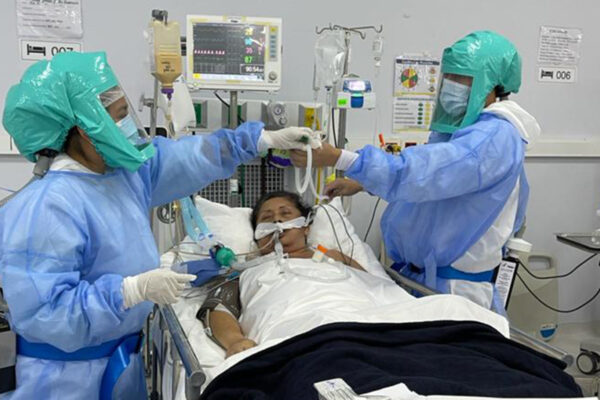More than a year into the pandemic, with more knowledge about COVID-19 under our belts and the vaccine rollout underway, it’s beginning to look like campus might soon return to some semblance of normal. But in early 2020, it was a different story. Last March, most Washington University in St. Louis students returned home to begin learning remotely. Among those, 916 are international students currently studying from outside the U.S.
In the early days of the pandemic, Kurt Dirks, vice chancellor for international affairs, and other university leaders had to move swiftly to solve the many technological and logistical obstacles these students would face. How, for instance, could the university ensure that students could access course materials from any country in the world? Could schools change class times or adjust working hours to accommodate students studying in the Americas, Europe, Asia, and Africa? And, most importantly, would it be possible to know every student by name and story when those students are thousands of miles from campus?
“[Coming up with] solutions demanded a lot of creativity and a lot of work from both faculty and staff,” Dirks said. “I’ve been amazed by the innovative ways our faculty and staff have recreated the WashU community virtually. And, we have been incredibly impressed with the commitment of students to work through the obstacles.”
“I’ve been amazed by the innovative ways our faculty and staff have recreated the WashU community virtually.” – Kurt Dirks
Each school developed programs to serve the unique needs of its students. The School of Law, for instance, assigned every foreign-trained lawyer in its master of laws program an attorney adviser, many of whom are practicing lawyers in St. Louis. Meanwhile, the Brown School developed a partnership with Fudan University, allowing Chinese students to study there and access resources.
Olin Business School launched an innovative residency program in Beijing and Shanghai for graduate students in China.
“Our students in China were telling us they missed seeing each other,” said Ruthie Pyles, associate dean and director of graduate enrollment management at Olin Business School. “…the residencies provide connectivity in a way that is meaningful and impactful from an academic, personal, and career perspective.”
And the McKelvey School of Engineering extended its graduate student mentoring program to students who deferred. Students were able to pick their mentor, either an alum or current student, based on discipline, nationality, and gender.
“Our students are looking for academic support and career advice, but they also just want someone to talk to who is more closely aligned with their age and culture,” said Holly Stanwich, assistant director of graduate student services.
Beyond school initiatives, hundreds of faculty members have adjusted class times, added discussion, lab, and studio sections, and expanded office hours to accommodate students living several time zones away.
For Zhao Ma, associate professor of modern Chinese history and culture in Arts & Sciences, that means an early-morning discussion section for his six students in China and office hours that can stretch into the evening. Before the pandemic upended life on campus, one or two students would drop in to discuss an upcoming test or research project. But these days, dozens of students virtually visit.
“The students feel this is the moment they can personalize their interaction with faculty,” Ma said. “It has been a bright spot in the pandemic. I like seeing their faces. I like the discussions.”
Ma also makes time to meet with the leaders of Washington University in St. Louis China Forum, a student group that hosts discussions with experts in Chinese politics, business, and culture. Ma, the group’s adviser, helps connect the group’s president, sophomore Serena Wu, to speakers.
Ma estimates the new regimen has doubled his workload. Still, he is exhilarated by Chinese students who are, quite literally, risking their freedom to study modern Chinese history.

This sort of early-and-often outreach has helped Washington University maintain high international student enrollment. This academic year has seen one of the highest international student enrollments in university history. In contrast, nationwide, international enrollment has declined by 16%, according to the annual Open Doors survey.
“The university has made clear it values and welcomes international students and that they matter just as much as students who are on campus,” Dirks said. “Our commitment to the international student experience will not stop after the pandemic.”



